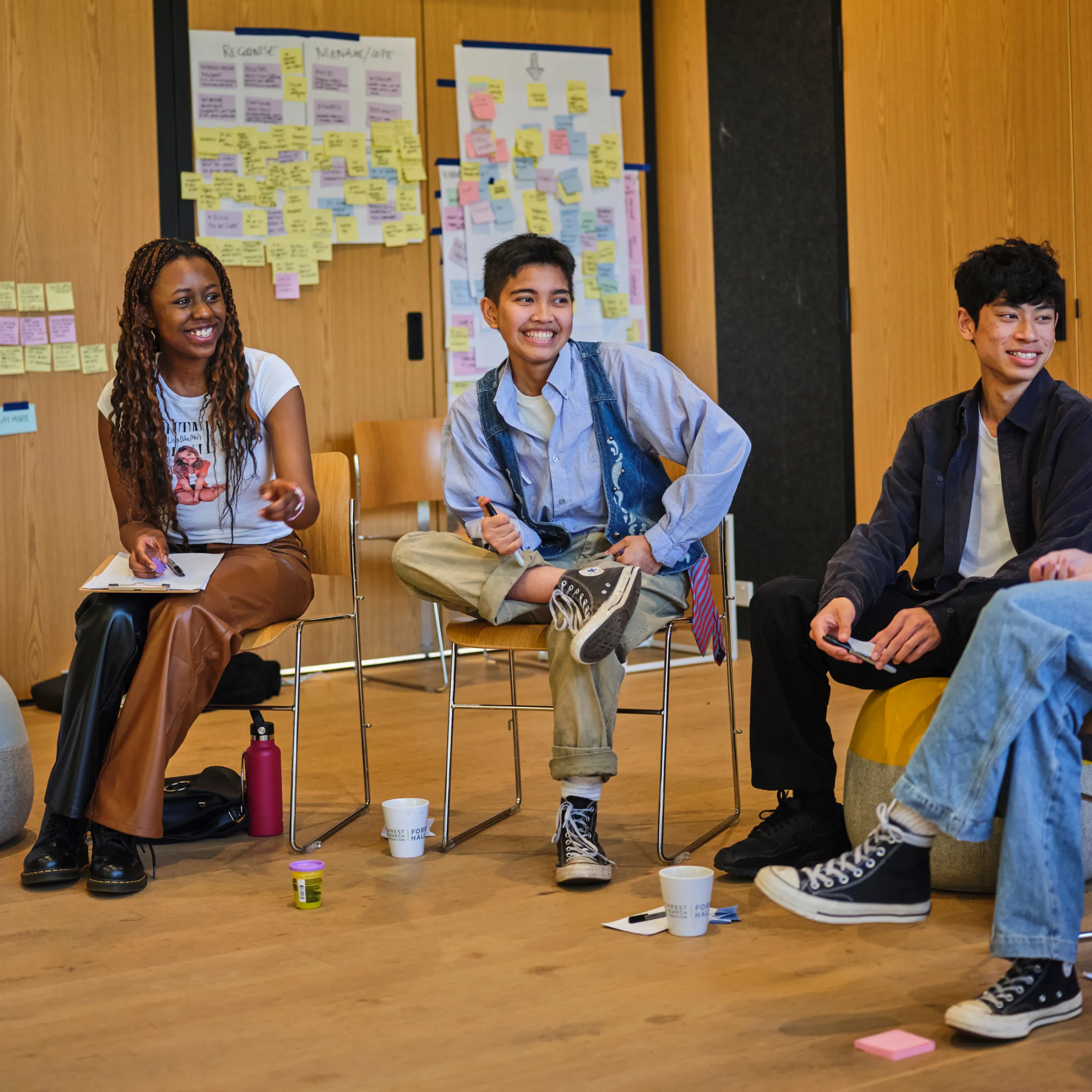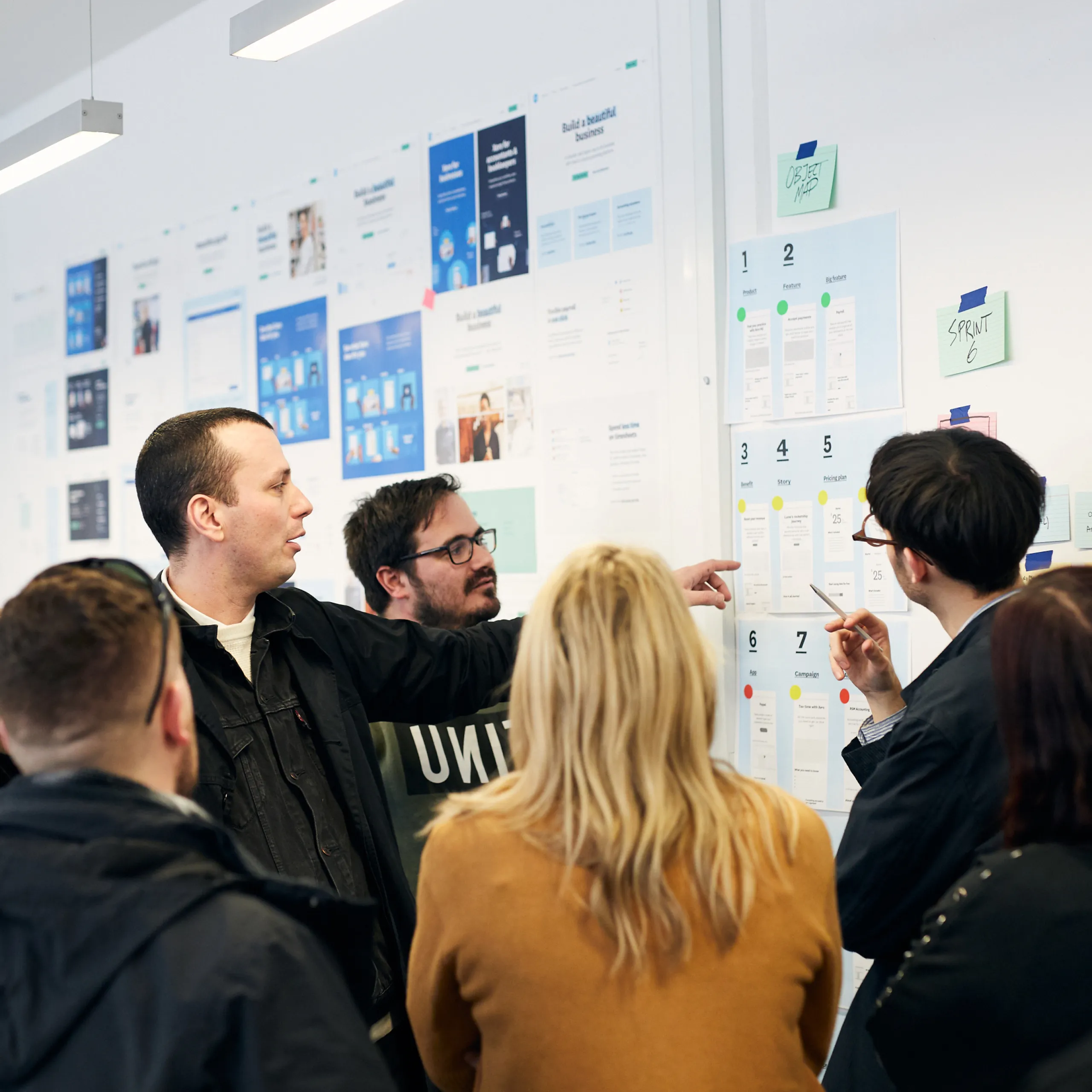Strategic design is an integrated approach to understanding and exploring problems, finding new ways forward, and developing and testing solutions.
What is strategic design?
The world is changing at an unprecedented rate
The systems, institutions, and services we rely on to live good and fair lives are under stress. The impact of our species on the planet is severe, and we find ourselves in a climate emergency.
But we also find ourselves in a time of great possibility. It’s a time of global connectivity, where technology can give form to our ideas, and scale them at a relatively tiny cost. There’s never been a moment in time like this, where big and important changes can happen so quickly.
Strategic design can act as a bridge between how we make sense of problems, and how we experiment with new ways that might move us towards the change we want to see, more quickly. It offers us useful techniques to navigate complexity, re-think problems, propose new ideas, and test whether they can scale for impact.

What is strategic design?
Strategic design is an integrated approach to understanding and exploring problems, finding new ways forward, and developing and testing solutions. It involves redesigning the boundaries of problems and the way solutions are delivered, to create new opportunities for innovation.
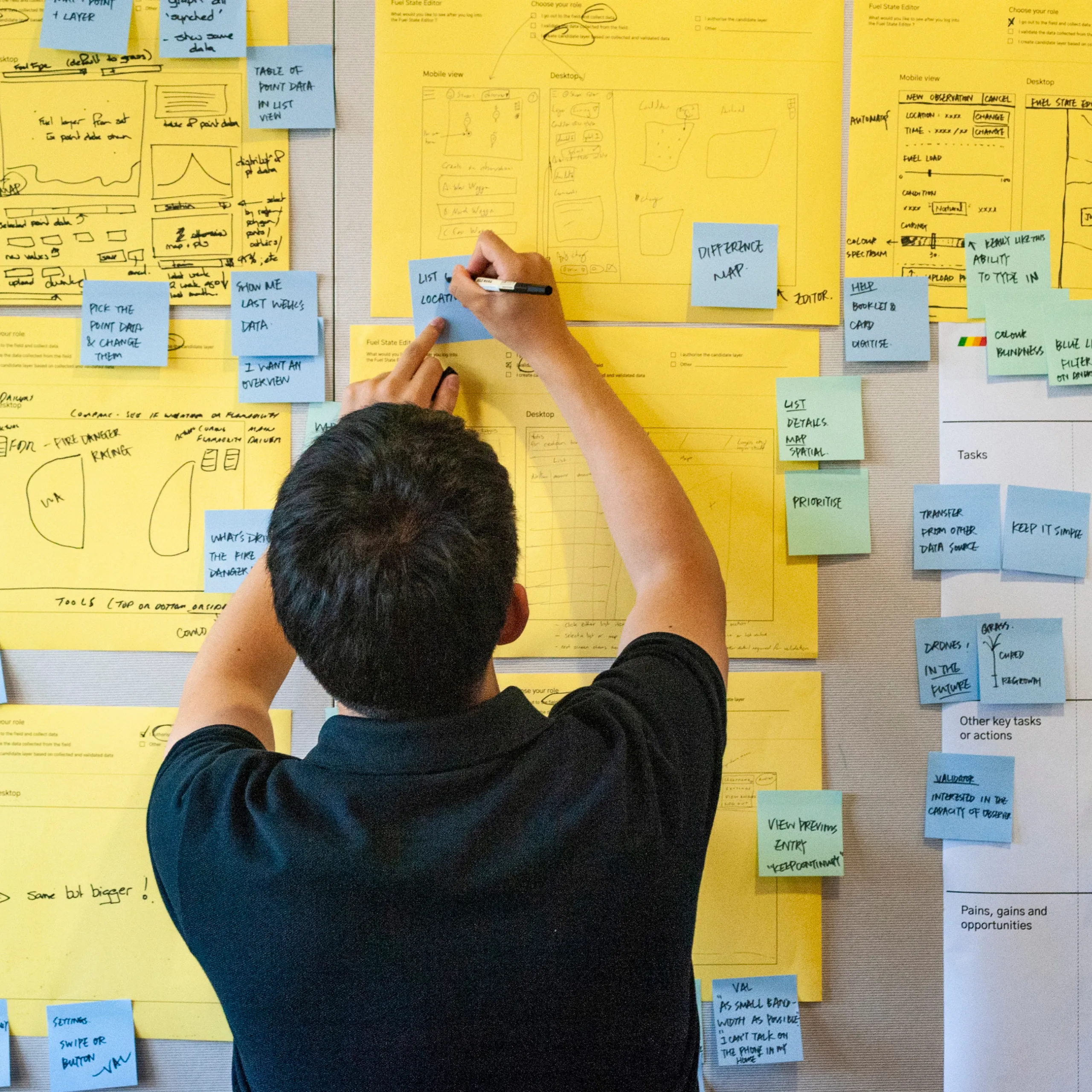
Strategic design is collaborative
We wrap around our clients' project teams and the communities they serve—people with lived experience. Our team of strategists, service designers, experience designers, technologists, and delivery experts work alongside them to investigate a given problem space, make sense of its complexities and interrelationships, and propose and test new ways forward.
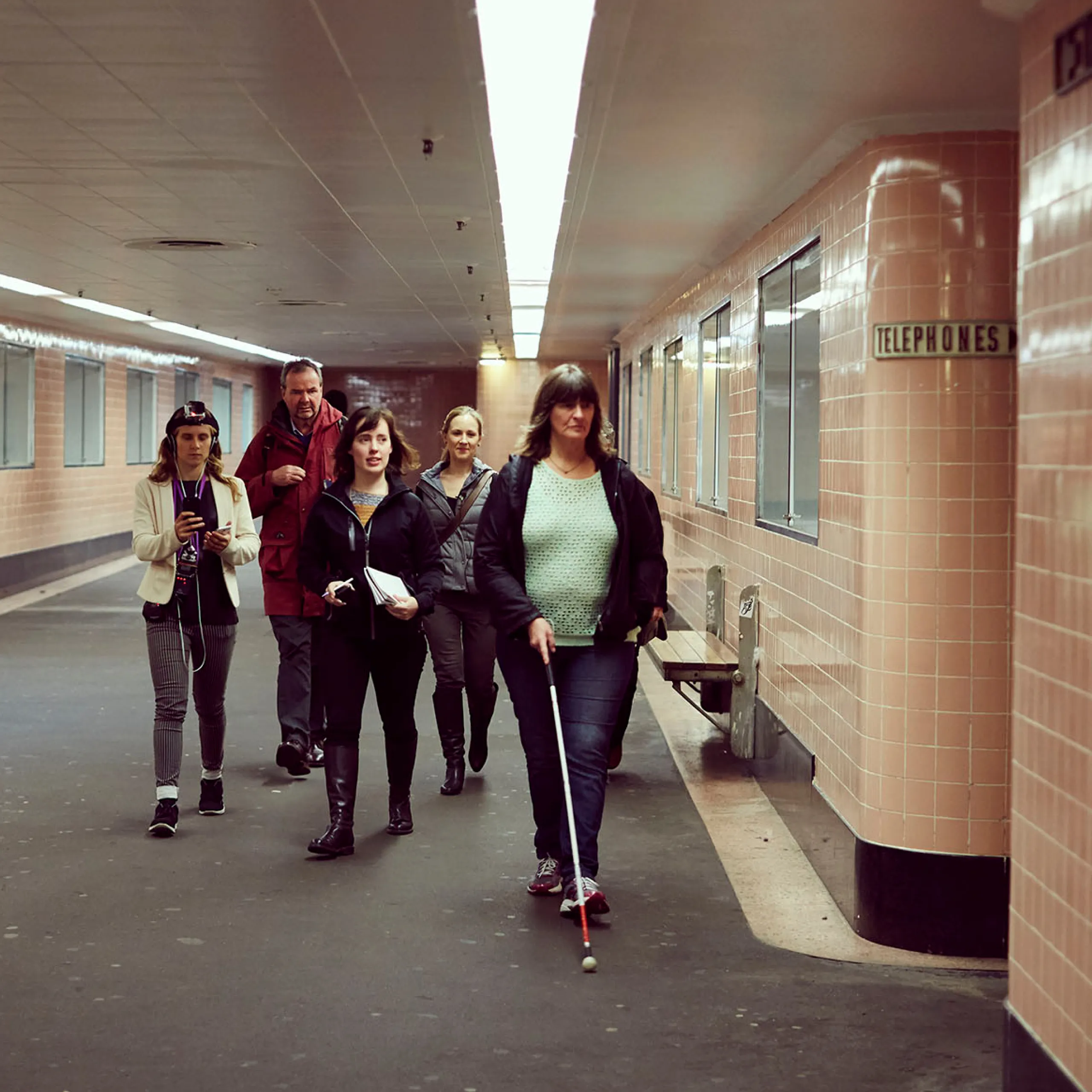
Strategic design is human-centred
It requires exploration and empathy-building to understand and map the current state of a problem and its contexts.
It includes people and communities that are likely to be affected by the implementation of a policy or service in the design process. We call this community-centred innovation.

Strategic design values creativity and lateral thinking
We acknowledge emotion and intuition as valid ways to investigate new thinking and propose new ideas.
Strategic design includes structured methods to develop ideas, and also makes space for abductive reasoning—the 'next best guess leap'. This is important so we can investigate interesting new angles, and do it quickly.
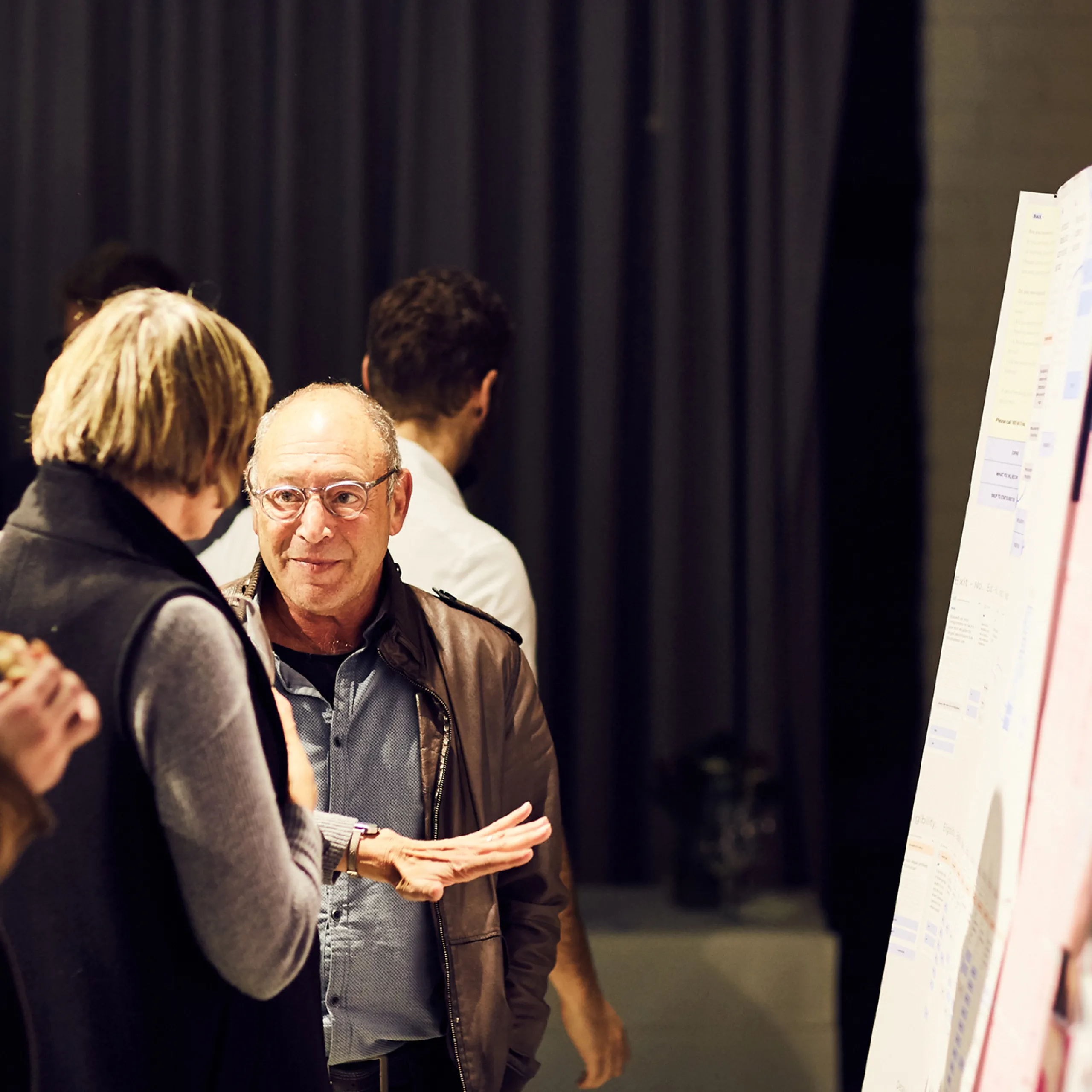
Strategic design values aesthetics, usability, and accessibility
Practiced well, strategic design values the craft of good design. For something to be adopted at scale, it needs to look and feel great. Here, God is in the details. Ideas won't reach their potential until they're beautifully executed.

Strategic design ensures ideas are built, launched and scale well
There is an emphasis on the implementation of ideas—not just exploring and proposing change, but building the runway for that change to happen.
The ability for an initiative to grow, improve, and scale is baked into the design process and reassessed throughout.

At Today, strategic design has a conscience
We apply a moral and ethical compass to the work we take on, and how we go about doing it. We design for progressive, positive change by default.
We believe the world would be a better place if we lived in fairer societies, free of inequality; supported by smarter, sustainable, thoughtful systems. We're here to push the world around us in this direction.
So we work with change makers who want to design a better, brighter future—shoulder-to-shoulder with the communities they serve.
